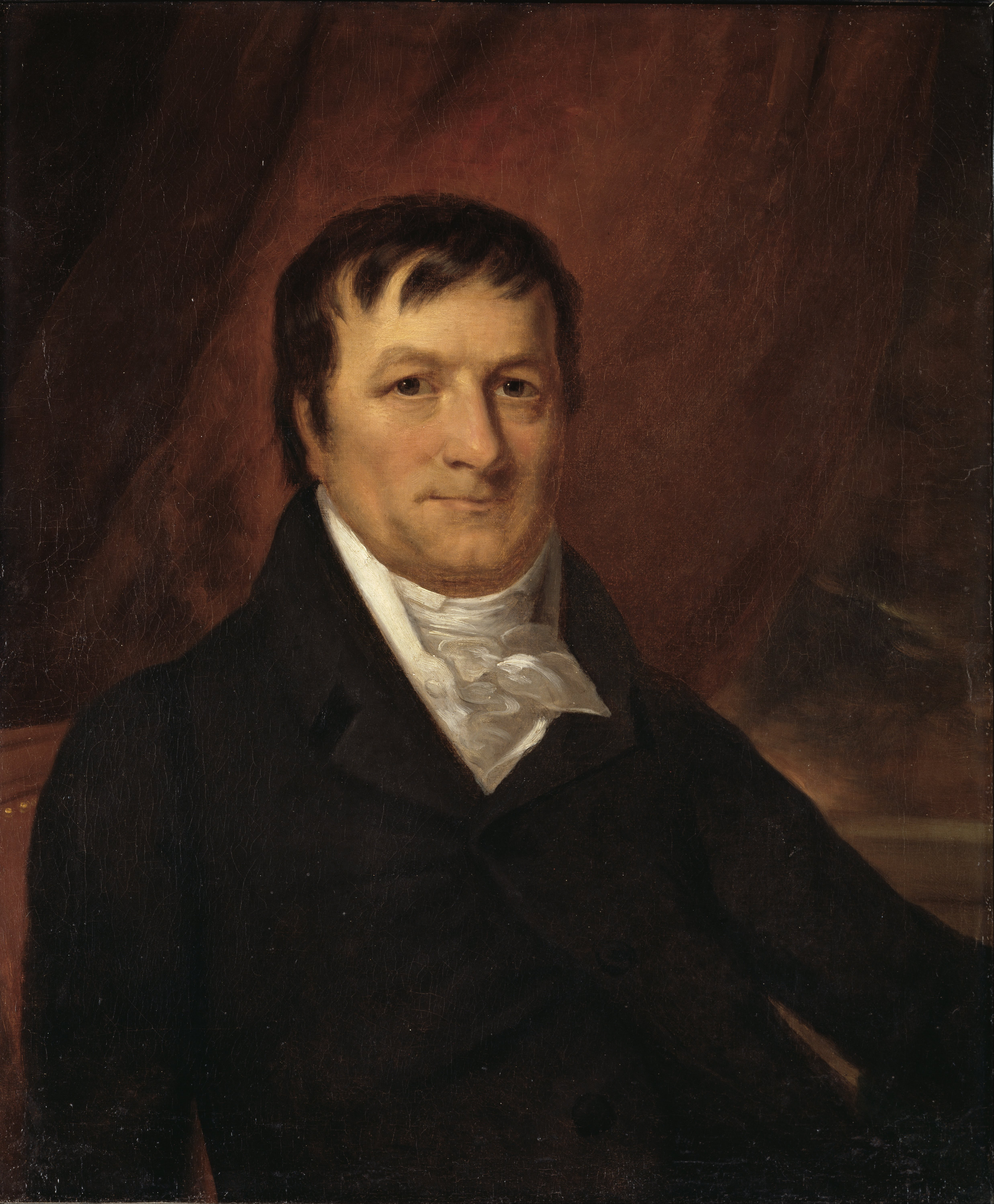As Wikipedia tersely puts it, "He entered the fur trade and built a monopoly, managing a business empire that extended to the Great Lakes region and Canada, and later expanded into the American West and Pacific coast. Seeing the decline of demand, he got out of the fur trade in 1830, diversifying by investing in New York City real estate and later becoming a famed patron of the arts."
From history.com, we learn, "Quickly learning all he could about the growing American fur trade, Astor made numerous trips to the western frontier, and by the end of the century, he had become the leading fur merchant in the United States. After the Louisiana Purchase of 1803, Astor moved aggressively to exploit this huge new territory for its furs. Although Lewis and Clark’s exploration of the territory brought back the disappointing news that there was no easy water passage across the continent to the Pacific, Astor was nonetheless convinced that a Pacific Coast operation could profitably sell its furs to the huge China market. In 1810, he created the Pacific Fur Company. Within two years, his men had established a trading post named Astoria at the mouth of the Columbia River (about sixty miles northwest of modern-day Portland)."
John would have loved to visit SANS Rocky Mountain 2017 to see for himself how the west has grown up since his day.
And his beloved deep water port Astoria, they are doing just fine. Wikipedia reports, "Today, tourism, Astoria's growing art scene, and light manufacturing are the main economic activities of the city. Logging and fishing persist, but at a fraction of their former levels. It is a port of call for cruise ships since 1982, after $10 million in pier improvements to accommodate these larger ships. To avoid Mexican ports of call during the Swine Flu outbreak of 2009, many cruises were re-routed to include Astoria. The residential community The World visited Astoria in June 2009.[28] The town's seasonal sport fishing tourism has been active for several decade and has now been supplanted with visitors coming for the historic elements of the city. The more recent microbrewery/brewpub scene and a weekly street market have helped popularized the area as a destination."

No comments:
Post a Comment